Go Play in One of King County’s Forests
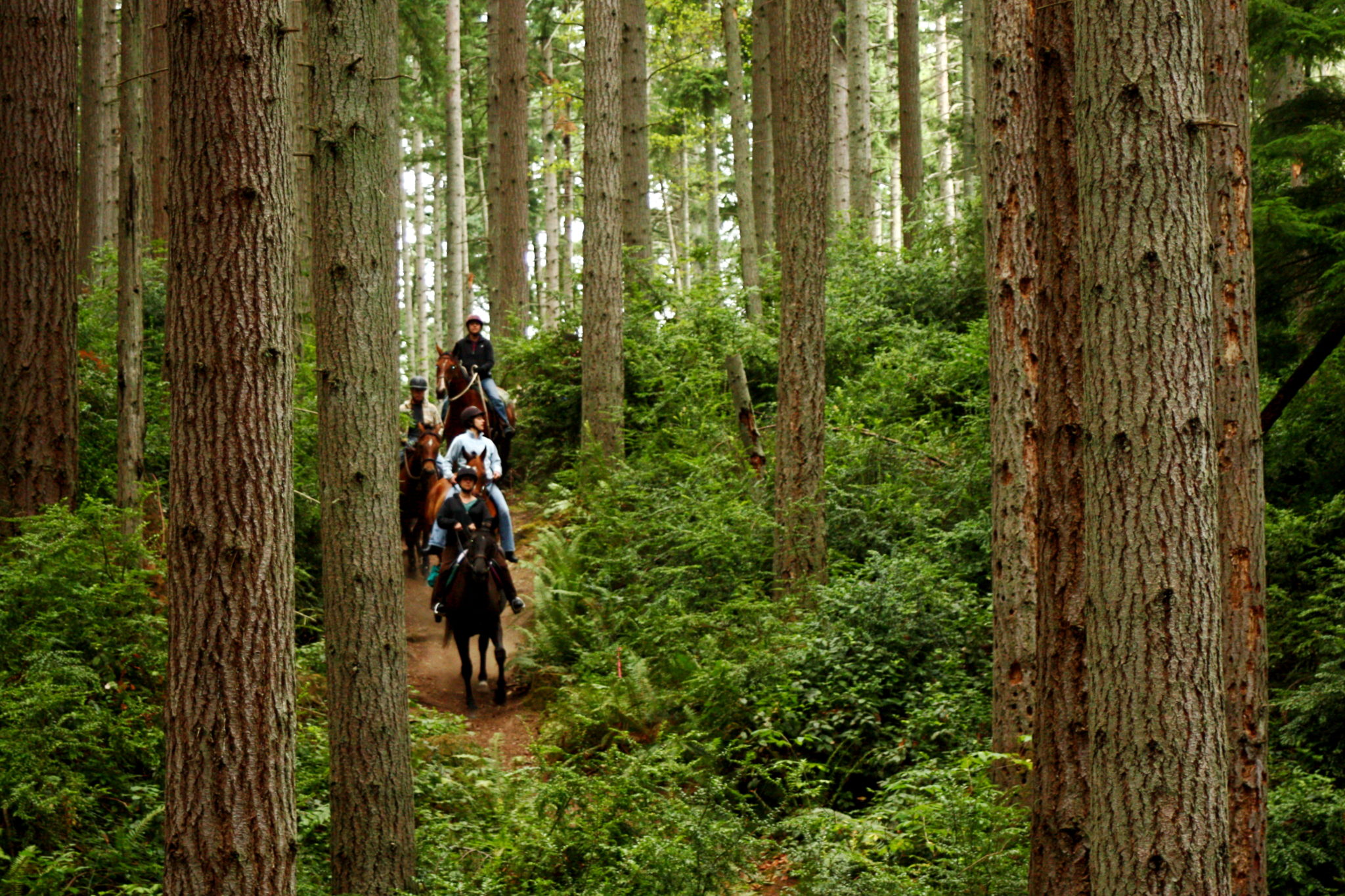
Want to know what a well-managed forest looks like? Walk, run, or ride through one of King County’s FSC®-forests.
A mountain biker bounces along a narrow trail, wind whistling through her hair as she leads several friends through miles of lush conifer forest. A few miles away, a family strolls along the magical gnomes path, kids letting out squeals of delight as they stumble upon gnome after gnome nestled inside stumps, hiding behind branches, and tucked in pebble beds.
On any given day hikers, runners, mountain bikers, and horseback riders can be found exploring more than a 1,000 acres of forestland just outside of Maple Valley, a short drive from Seattle and Tacoma. The forests are called Henry’s Ridge and Black Diamond Open Space. Together with Cemetery Reach Natural Area, Ravensdale Retreat Natural Area, Island Center Forest, and Taylor Mountain Forest, they form the six Forest Stewardship Council®-certified forests managed by the King County Department of Natural Resources and Parks. These 2,900+ acres of County forestland are Forest Stewardship Council® certified (license code FSC-C008225) through NNRG’s FSC® group certificate.
Since it acquired these lands from industrial timber managers in the early 2000s, the County has been thoughtfully stewarding these forests to protect natural systems, wildlife habitat, and promote carbon storage while preserving opportunities for public access, recreation, and environmental education. Active stewardship—including thinning and harvest work—is King County’s best option for improving forest health and long-term resiliency.
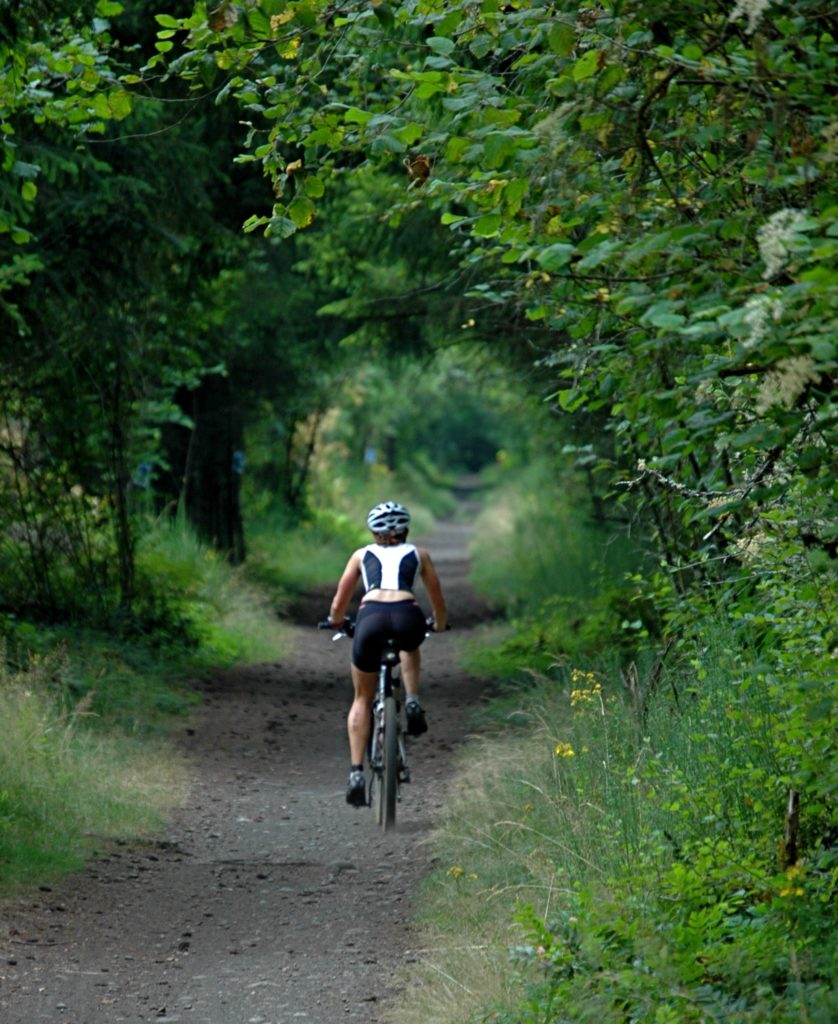
Why ‘Just Leaving the Forest Alone’ Isn’t a Good Option
Much of the County’s forestland was industrial timberland in the past. The forests looked and felt crowded, dominated by same-aged and single-species stands. Surveyors had to search high and low to find large snags and down wood. The forests were so uniform that they provided only marginal wildlife habitat and were more-susceptible to pests and diseases. Leaving the forests alone wasn’t going to improve the situation, so the County got to work.
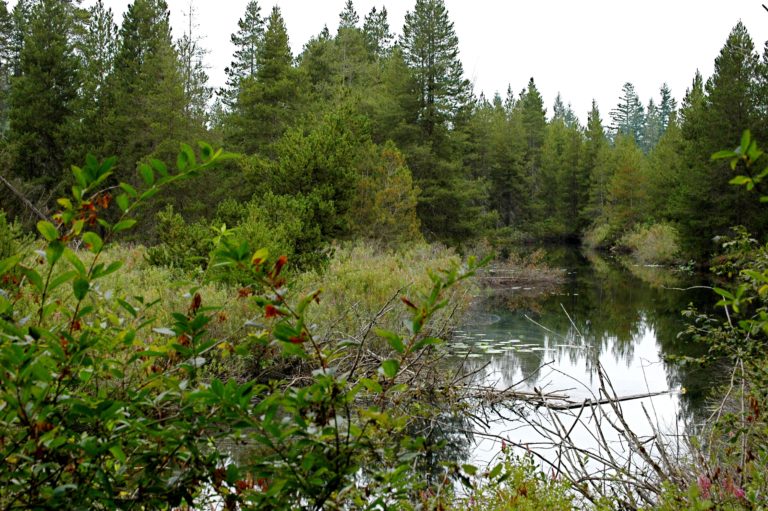
Restoring the Forests, One Step at a Time
In partnership with local recreation groups, environmental non-profits, and forest scientists, the County has made comprehensive forest stewardship plans for each of its forests. Variable retention harvests are removing diseased trees, thinning dense stands of skinny trees so that others can grow bigger, and making room for more species to be planted. In some forests, single entry treatments will help meet the County’s objectives of creating more complex structure. Since these forests are FSC-certified through NNRG’s group certificate, the harvest work meets the world’s highest standards for responsible forest management.
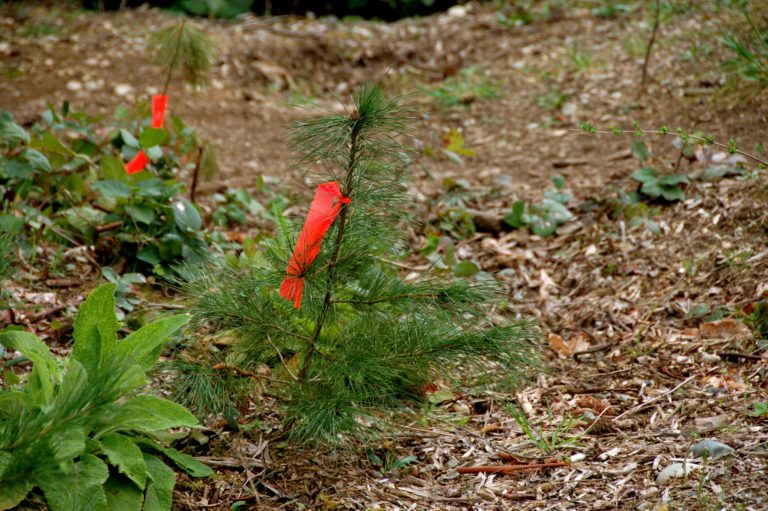
Go Outside, Experience a Forest Getting Healthier
As you make plans for summer adventures, consider visiting one of these forests to see for yourself how King County’s stewardship is improving forest health.
At times right after timber harvest, parts of these forests are going to look “messy”, as King County says in a blog post. Sometimes, that’s what a working forest looks like – especially when some woody debrief is left to feed decomposes and nourish the soil. But as seedlings grow up and other trees benefit from reduced competition for water and nutrients, you’ll begin to see evidence of a healthier forest. More bird species will swoop through the uneven-aged canopy, while ground-dwelling animals thrive in the lush understory growing in the gaps created through harvest. Streams, rivers, and lakes will provide better habitat for fish as they’re shaded by more diverse assortment of trees planted on their banks. And eventually, these forests will come to resemble the majestic old-forests that once blanketed this region.
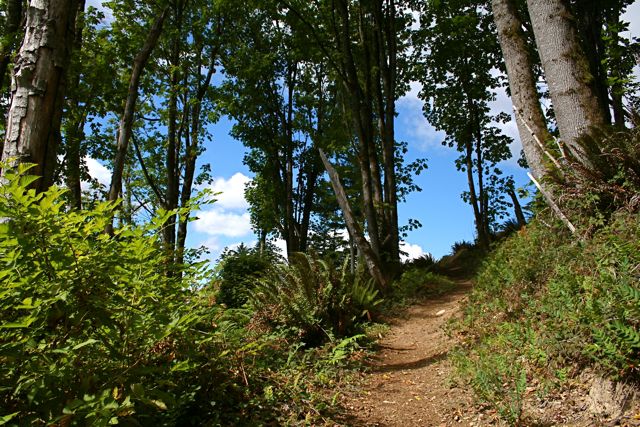
Excited to get outside and explore the vast trail systems on these properties? Find more information below.
Black Diamond Open Space & Henry’s Ridge Open Space | Black Diamond
A network of 20+ miles of trails popular with mountain bikers and hikers. Henry’s Ridge Open Space includes a magical trail full of hidden gnomes.
Ravensdale Retreat Natural Area | Maple Valley
This area boasts 145 acres of walking and horseback riding trails with lush canopies of cedar, cottonwood, and maple. Plus, a two-acre wetland complex great for wildlife spotting.
Island Center Forest | Vashon Island
Home to more than 70 bird species, Island Center Forest is a jewel with 10 miles of trails that lead through forested stands, meadows, beautiful Mukai Pond and the Meadowlake wetlands.
Taylor Mountain Forest | Hobart
1,924-acre Taylor Mountain Forest treats hikers, mountain bikers, and equestrians to 10 miles of trails, views of Mount Rainier, forested wetlands, and meadows of wildflowers.
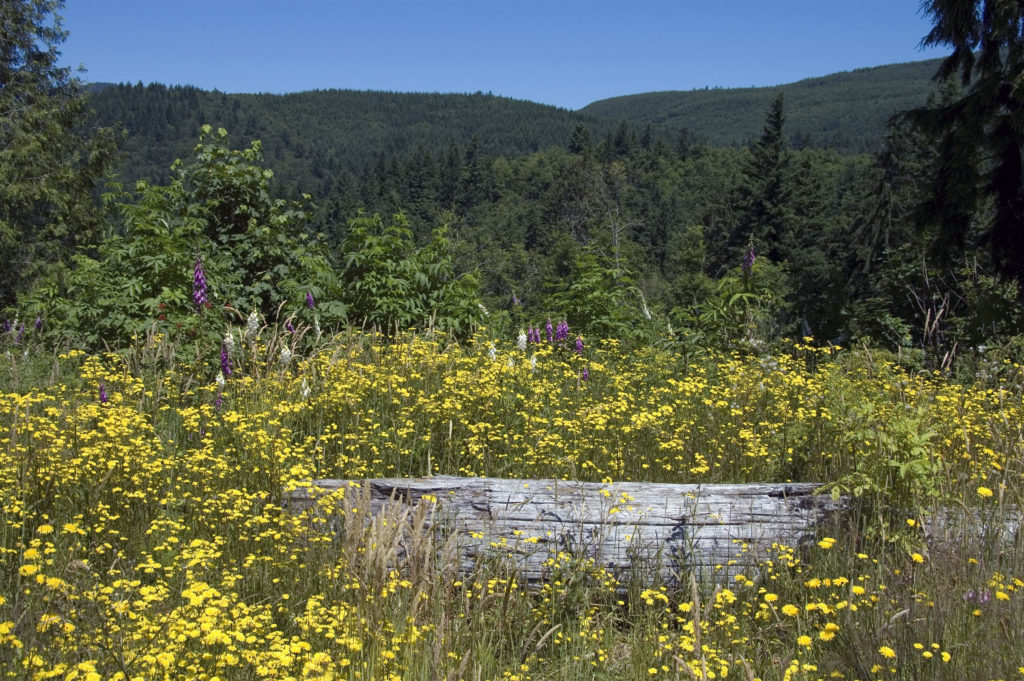
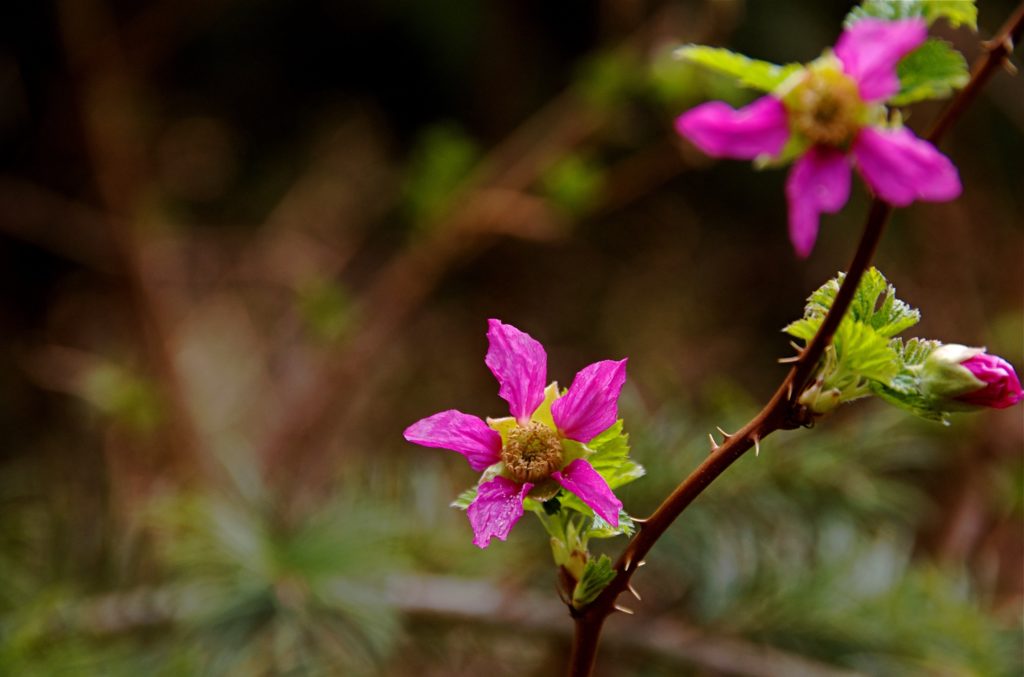

Leave a Reply